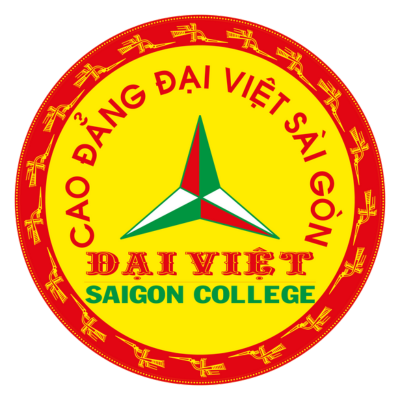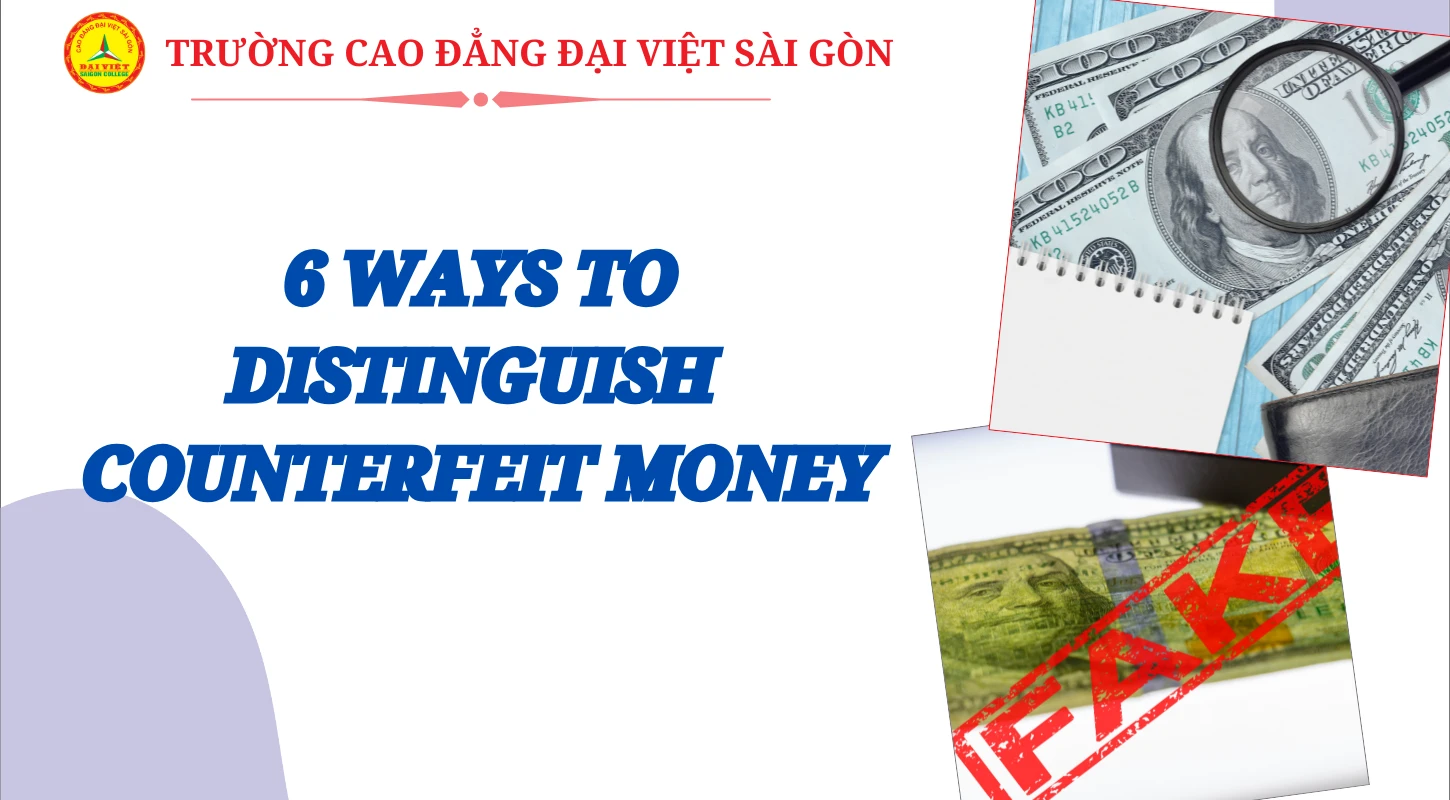The State Bank of Vietnam warned about increasingly sophisticated counterfeiting crimes, and many people still fall into the trap.
The State Bank of Vietnam warned about increasingly sophisticated counterfeiting crimes, and many people still fall into the trap.
Counterfeit money, often indistinguishable from real money, continues to deceive many. To guide people in identifying and handling counterfeit money within the bounds of the law, Mr. Nguyen Hoang Minh, Deputy Director of the State Bank of Vietnam, Ho Chi Minh City Branch, and an expert in the field, shares his invaluable advice.
Check the polymer material used to print money
Illustration
Real money is printed on polymer material, which is highly elastic and durable. People can check the elasticity by holding the bill in their hand. When opened, the actual bill will return to its original state. You can also lightly pull and tear the bill's edge; real money is tough to tear or stretch.
Counterfeit money is mainly printed on nylon, so it does not have the characteristic elasticity and durability of polymer.
Exposing money to a light source
Hidden image elements on real money
Exposing money to a light source is the most obvious way to distinguish counterfeit money. Under the light source, you can see that the watermarks on counterfeit money are often not sophisticated, the letters and numbers on the security string are not clear and sharp, and the positioning image does not fit tightly.
Real money has a visible watermark from both sides, expressed by many sophisticated and bright white lines. Money with denominations from 20,000 VND to 500,000 VND has a portrait of President Ho Chi Minh; money with 10,000 VND has an image of the One Pillar Pagoda.
People should be careful when examining money during transactions. Photo: HTD
Check the embossed elements.
Another visual check is to gently stroke the bill to check the raised roughness of the print on the portrait of President Ho Chi Minh, the national emblem, the denomination in numbers and words, the words "The Socialist Republic of Vietnam," "State Bank of Vietnam."
Embossed elements
Check the color-changing ink, security thread, and hidden embossed images of counterfeit money; when doing this action, we will feel smooth, not rough like real money, or have a rough feeling due to the imprint on the paper, not the raised print.
People can tilt the money to check the color-changing ink and hidden embossed images on the money. The color-changing ink is only available in three denominations: 500,000 VND, 200,000 VND, and 100,000 VND. The link will change from yellow to green or vice versa when observed.
Security string
In addition, the Iriodin strip (security string) is only available in denominations of VND 500,000, VND 200,000, VND 100,000, VND 20,000, and VND 10,000. This yellow strip runs along the back of the bill; the VND 100,000 denomination is on the front. This periodic strip will sparkle metallically. When the bill is tilted, the denomination number or pattern is on the strip.
Counterfeit money may have a color-changing element, but the color change is not the same as real money; there is no Iriodin strip, or it is counterfeited and does not sparkle.
Transparent windows
The large window of the bill has an embossed denomination number, and the small window has a hidden image element, a precise, sharp plastic background detail. When you bring the window close to your eyes and look through the window at a red light source (incandescent bulb, fire, etc.), you will see a hidden image around the light source.
Transparent windows of banknotes
Meanwhile, in counterfeit money, the embossed denomination number cluster on the large window is less sophisticated than real money, and there is no hidden image in the small window.
Use a magnifying glass; ultraviolet light.
Users can use a magnifying glass to check the micro-printed text array created by the words "NHNNVN" or "VN" or the repeated denomination number, usually printed in the denomination area of the money.
In addition, the denomination number cluster printed with colorless fluorescent ink can only be seen when viewed under ultraviolet light. The red vertical fluorescent number fluoresces orange-yellow, and the black horizontal serial number fluoresces blue.
Understanding that using counterfeit money is a serious criminal offense is crucial.
According to lawyer Huynh Cong Thu of the Ho Chi Minh City Bar Association, the 2015 Penal Code clearly states that making, storing, transporting, and circulating counterfeit money are all criminal offenses. Those found guilty may face severe penalties.
Therefore, when people encounter counterfeit money, it is crucial that they submit it to state agencies that manage currency, such as the treasury, commercial banks, or the nearest police agency, for handling according to regulations. Intentionally using this money to buy goods (circulation) is illegal and can lead to severe legal consequences.
Regarding the level of punishment, according to Article 207 of the Penal Code, the act of making, storing, transporting, and circulating counterfeit money is a serious criminal offense. The penalties are severe, with a maximum penalty of seven years in prison without having to determine the minimum amount. For circulating counterfeit money from 5 million VND to less than 50 million VND, the penalty is 5-12 years in prison. Circulating counterfeit money worth VND50 million or more will be punished with 10 to 20 years in prison or life imprisonment. In addition, the offender will be fined from VND10 million to VND100 million or have part or all of his/her property confiscated.



